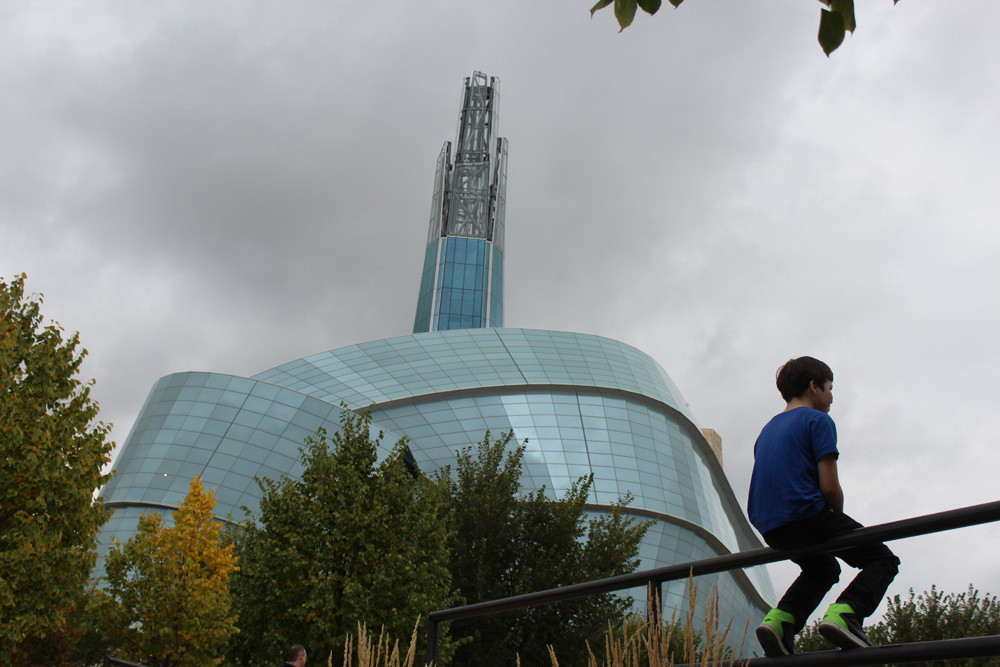Picking and choosing
The unintentional side effects of the Canadian Museum for Human Rights
I’m going to express an opinion that may be unpopular amongst many of my friends.
I think the Canadian Museum for Human Rights (CMHR) is a good thing. In fact, it may be one of the best things to happen to our community in a very long time. Notwithstanding a plethora of issues including the cost to the public, exclusivity of displays, and accusations of political interference, the CMHR by its very existence will serve as a gathering place for protesters, tourists, and school children alike. And this is what makes it so great. Winnipeg finally has a forum where we can place our local issues and voices on a national stage.
Even international.
I’ve been an activist in a number of social justice movements for many years, and I feel as if we have exhausted the isolated steps of the Manitoba Legislative Building, the quiet courtyard of City Hall, and the awkward Federal Building at 269 Main Street. Shouting at the Tyndall stone walls of any of these buildings often makes you wonder if anyone is listening. But now we have a place where people are listening. In fact, people assumedly visit the CMHR precisely because they want to listen.
There are dozens, if not hundreds of issues that can now bring us from our usual paths to converge at the CMHR. What better place to demonstrate for a woman’s right to choose? What better place to call for our community’s right to accessible childcare, healthcare and education? What better place to have our voices heard for the rights of workers, persons with disabilities and the poor? Naturally we’ll still be at the doorsteps of the politicians as the situation requires, but I see a real opportunity beginning to
grow here.
Already at the opening weekend of the CMHR, residents from Shoal Lake First Nation were calling on the government for the right to clean water, while others voiced their support for a national inquiry for missing and murdered Aboriginal women. Hundreds of Manitobans rallied on the Sunday of the CMHR’s opening as part of the international People’s Climate March.
Those visitors inside the CMHR who will be in contact with stories about social justice issues and human rights violations will (hopefully) leave the museum with a desire to ask questions of the people standing outside. Those visitors who just had their first encounter with the story of Canada’s Residential Schools may stop to ask Idle No More protesters what they are calling for. Maybe they’ll even begin to make connections between the digital displays and the realities just outside the doors.
The purveyors of the CMHR had hoped the displays in the museum would generate debate amongst its visitors. But I believe the real debates will be generated outside the building’s walls, rather than inside. And I look forward to all the discussions, actions, and community-building that will take place at the steps of the CMHR for decades to come.
David Jacks is a former president of the UWSA and currently works for the Canadian Union of Public Employees.
Published in Volume 69, Number 4 of The Uniter (September 24, 2014)








